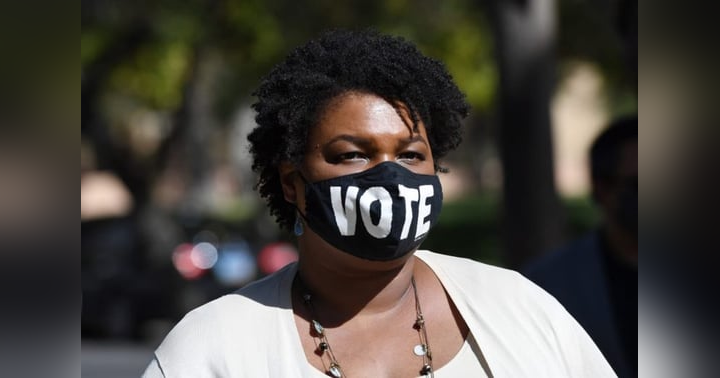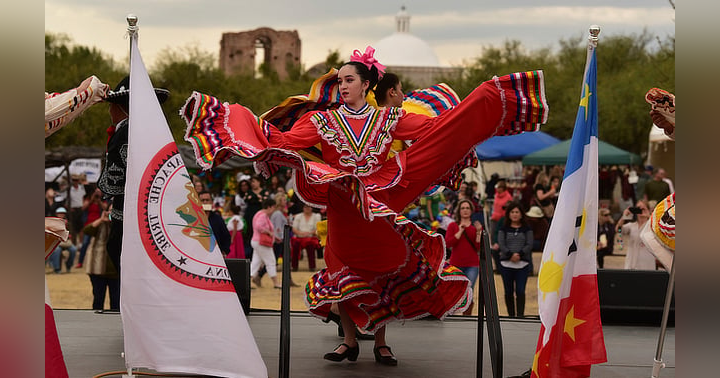Beijing + 25: Commemorating its Legacy, Analyzing its Impact, and Preparing for the Future of Women’s Equality

Twenty-five years ago, thousands of civil actors, non-governmental organizations, and governmental representatives gathered in Beijing, China, to participate in the Fourth World Conference on Women. At the conference, 189 governments recognized the Beijing Platform for Action, one of the most comprehensive blueprints for gender equality that outlined 12 critical areas of concern, including education, reproductive healthcare, economic development, conflict resolution, human rights protections for women and girls,and environmental sustainability.[1] The Beijing Declaration and Platform for Action of 1995 was a monumental commitment to global women’s empowerment and gender equality. The conference was a historic moment for the international women’s rights movement, as more than 30,000 civil actors and 3,000 NGOs participated in collaborative forums and panel discussions.
The gender and equality goals presented at the Fourth World Conference on Women derived from previous global conferences and decades of conversations between women’s rights activists and global leaders. Although the founding charter of the United Nations includes a provision for equality between men and women,[2] it was not until 1975 that the UN made a deliberate effort to implement these outlined principles through further treaties and conventions. After the First World Conference on Women in Mexico City, the UN General Assembly declared the year 1975 “International Women’s Year.” Since then, other international conferences have made strides in advancing global women’s and girls’ rights.
The Voluntary Fund for the United Nations Decade for Women–– now known as the United Nations Development Fund for Women (UNIFEM)–– was created in 1976 to promote innovative programs and strategies that advance women’s human rights, political participation, and economic security.[3] In 1980, the UN hosted the Second World Conference on Women in Copenhagen, whereafter participants signed the Convention on the Elimination of All Forms of Discrimination Against Women in 1981.[4] This document is the most widely ratified of all UN treaties and is considered the “global bill of rights for women.”[5]
Gender equality requires a profound change in our political systems, world economy, and society. Women’s empowerment is not limited to ensuring equal pay for equal work, nor equalizing the labor force. A full commitment to the empowerment of women and girls requires systemic change. A 2018 Brookings study revealed that only 29% of global policymakers ranked gender equality as one of their top six sustainable development goals, highlighting its perceived lack of importance.[6] It took the Republic of South Sudan 40 years to commit to the Convention on the Elimination of All Forms of Discrimination Against Women, becoming the 189th party to apply to its legally binding articles. Such stagnation from international actors has stifled progress in the full realization of women’s and girls’ rights. Progress can also be reversible, as evidenced by conflicts in Afghanistan, which led to the disenfranchisement of women in 1996.[7]
The advent of UN Women, Millennium Development Goals (MDGs), and Sustainable Development Goals (SDGs) signal measurable progress in the fight for global gender equality through their commitment to gender impact analysis. For example, women currently hold 43 percent of parliamentary seats in Senegal.[8] Global child mortality rates have cut in half since 1990.[9] In the past decade, 131 countries enacted 274 legal and regulatory reforms in support of gender equality.[10]
Despite these advances, the goal of achieving global gender equality is far from complete. The World Economic Forum reports that achieving global gender parity will take more than 108 years. Lack of access to education still threatens the livelihood of women and girls worldwide.[11] Women between the ages of 25 and 34 are 25 percent more likely to live in extreme poverty than their male counterparts.[12] Despite many pledges and treaties from world governments, we have not yet achieved full emancipation of women in economic, civic, and political spheres.
In their book Leave No One Behind: Time for Specifics on the Sustainable Development Goals, Hilary Matthews and Michelle Nunn argue that the global community’s failure to successfully address gender inequality is indicative of many insidious factors. The root of gender equality is a multifaceted and complex problem that must be addressed not only through increased funding and resource allocation, but also through the evaluation of sustainable practices and how successfully these initiatives are implemented.[13] According to Matthews and Nunn, the global community must adopt a multidimensional approach to promoting gender equality, urging actors to embed gender-transformative policies and practices within development institutions. It is not enough to reach an equal number of men and women in office, rather, we must commit to actionable goals that ensure women are empowered to participate in substantive decision-making.[14]
During the 1995 conference in Beijing, First Lady Hillary Rodham Clinton declared, “Human rights are women’s rights, and women’s rights are human rights.”[15] However, decades after those powerful words echoed throughout the conference halls, women and girls’ rights are still not guaranteed. As the 2020 UN Women Report on Gender Equality notes, “under-representation of women in power and decision-making is still the norm. We are impatient for that to change… Only half is an equal share, and only equal is enough.”[16] The fight for equality persists, and the Beijing Declaration continues to provide an important framework that informs and inspires the current global women’s empowerment movement.
[1] United Nations, Beijing Declaration and Platform of Action, adopted at the Fourth World Conference on Women, October 27, 1995. https://www.un.org/en/events/pastevents/pdfs/Beijing_Declaration_and_Platform_for_Action.pdf
[2] United Nations, Charter of the United Nations, 1945, Chapter III, Article VIII. https://legal.un.org/repertory/art8.shtml
[3] Ibid.
[4] UN Women Headquarters, Beijing +5 Political Declaration and Outcome. 2015. https://www.unwomen.org/en/digital-library/publications/2015/01/beijing-declaration
[5] Phumzile Mlambo-Ngcuka, “The UN at 70 and the Ongoing Quest for Gender Equality,” United Nations. https://www.un.org/en/chronicle/article/un-70-and-ongoing-quest-gender-equality.
[6] Hilary Matthews and Michelle Nunn, “Women on the Move: Can We Achieve Gender Equality by 2030?,” in Leave No One Behind: Time for Specifics on the Sustainable Development Goals(Washington: Brookings Institution, 2020), pp. 23-40.
[7] Rachel George, “Many Gains, but Many Miles to Go: Women in Power since 1995,” ODI, November 18, 2019, https://www.odi.org/blogs/many-gains-many-miles-go-women-power-1995.
[8] Alice Kang Aili Mari Tripp, “Twenty Years after the Most Important U.N. Conference on Women, What – If Anything – Has Changed?,” The Washington Post (WP Company, April 18, 2019), https://www.washingtonpost.com/news/monkey-cage/wp/2015/09/25/twenty-years-after-the-most-important-u-n-conference-on-women-what-if-anything-has-changed/.
[9] “Child Mortality Rates Plunge by More Than Half Since 1990 but Global MDG Target Missed by Wide Margin,” World Bank, September 8, 2015. https://www.worldbank.org/en/news/press-release/2015/09/09/child-mortality-rates-plunge-by-more-than-half-since-1990-but-global-mdg-target-missed-by-wide-margin.
[10] “Gender Equality: Women's Rights in Review 25 Years after Beijing: Digital Library: Publications,” UN Women, 2020. https://www.unwomen.org/en/digital-library/publications/2020/03/womens-rights-in-review
[11] Ibid.
[12] Ibid.
[13] Hilary Matthews and Michelle Nunn, “Women on the Move: Can We Achieve Gender Equality by 2030?” https://www.brookings.edu/wp-content/uploads/2019/09/LNOB_Chapter2.pdf
[14] Tam O'Neil and Pilar Domingo, “Women and Power: Overcoming Barriers to Leadership and Influence,” ODI, February 1, 2016. https://www.odi.org/publications/10309-women-and-power-overcoming-barriers-leadership-and-in
[15] “Hillary Clinton Declares ‘Women's Rights Are Human Rights,’” PBS (Public Broadcasting Service, October 30, 2017). https://www.pbs.org/weta/washingtonweek/web-video/hillary-clinton-declares-womens-rights-are-human-rights.
[16] “Gender Equality: Women's Rights in Review 25 Years after Beijing: Digital Library: Publications.” https://www.unwomen.org/-/media/headquarters/attachments/sections/library/publications/2020/gender-equality-womens-rights-in-review-en.pdf?la=en&vs=934










